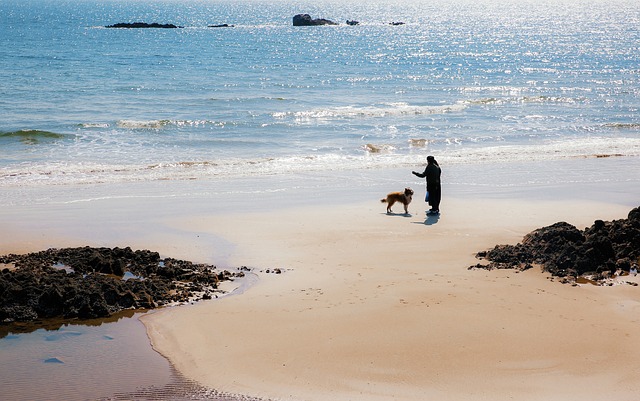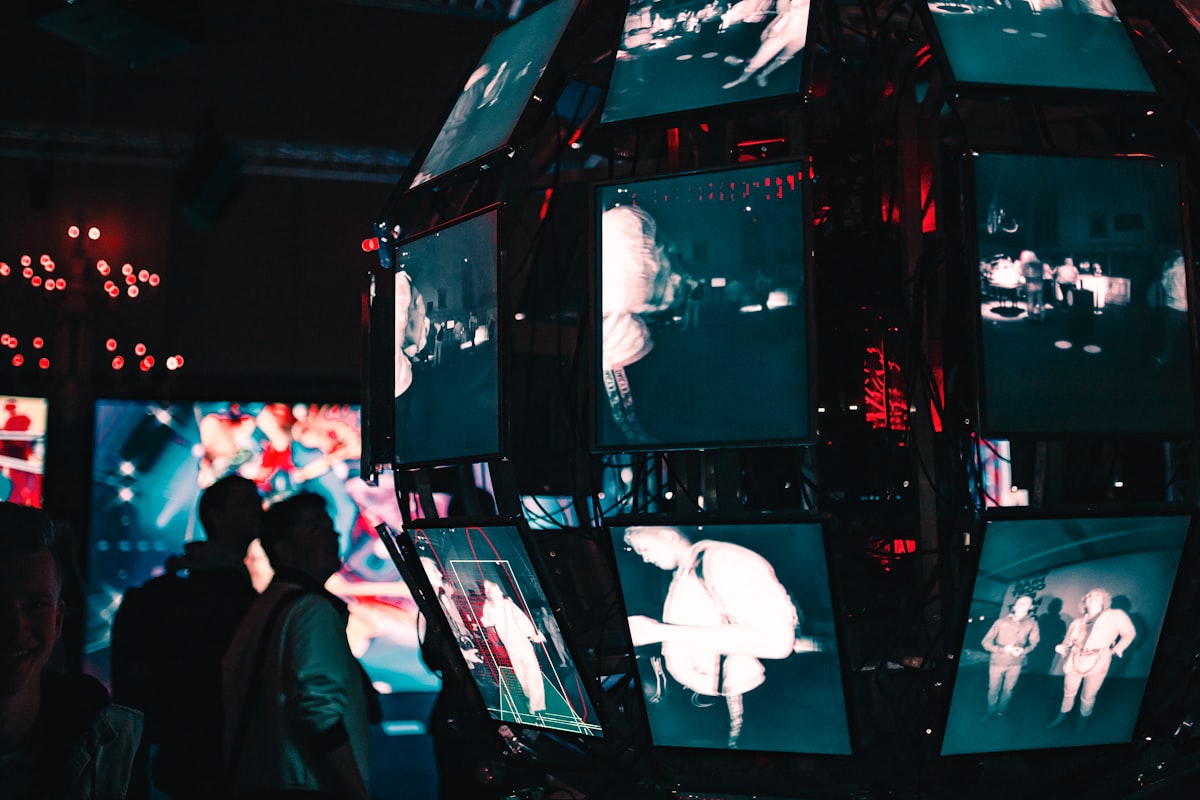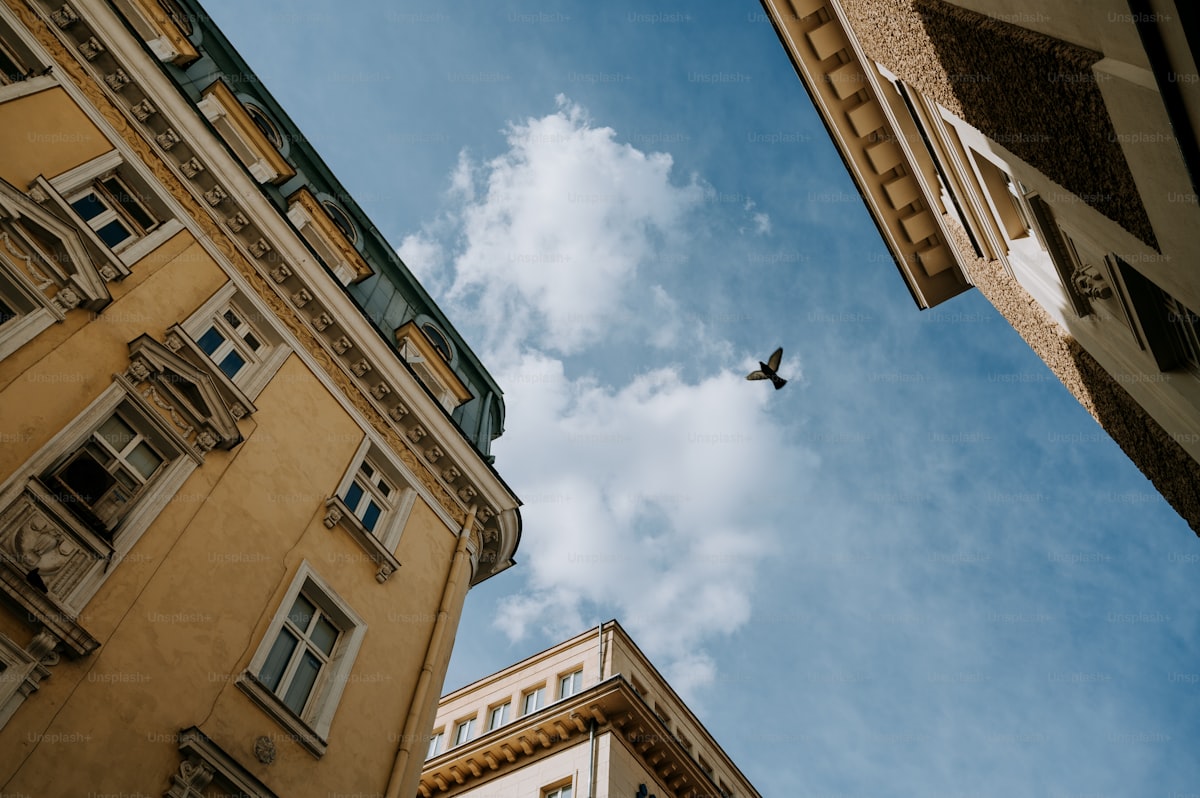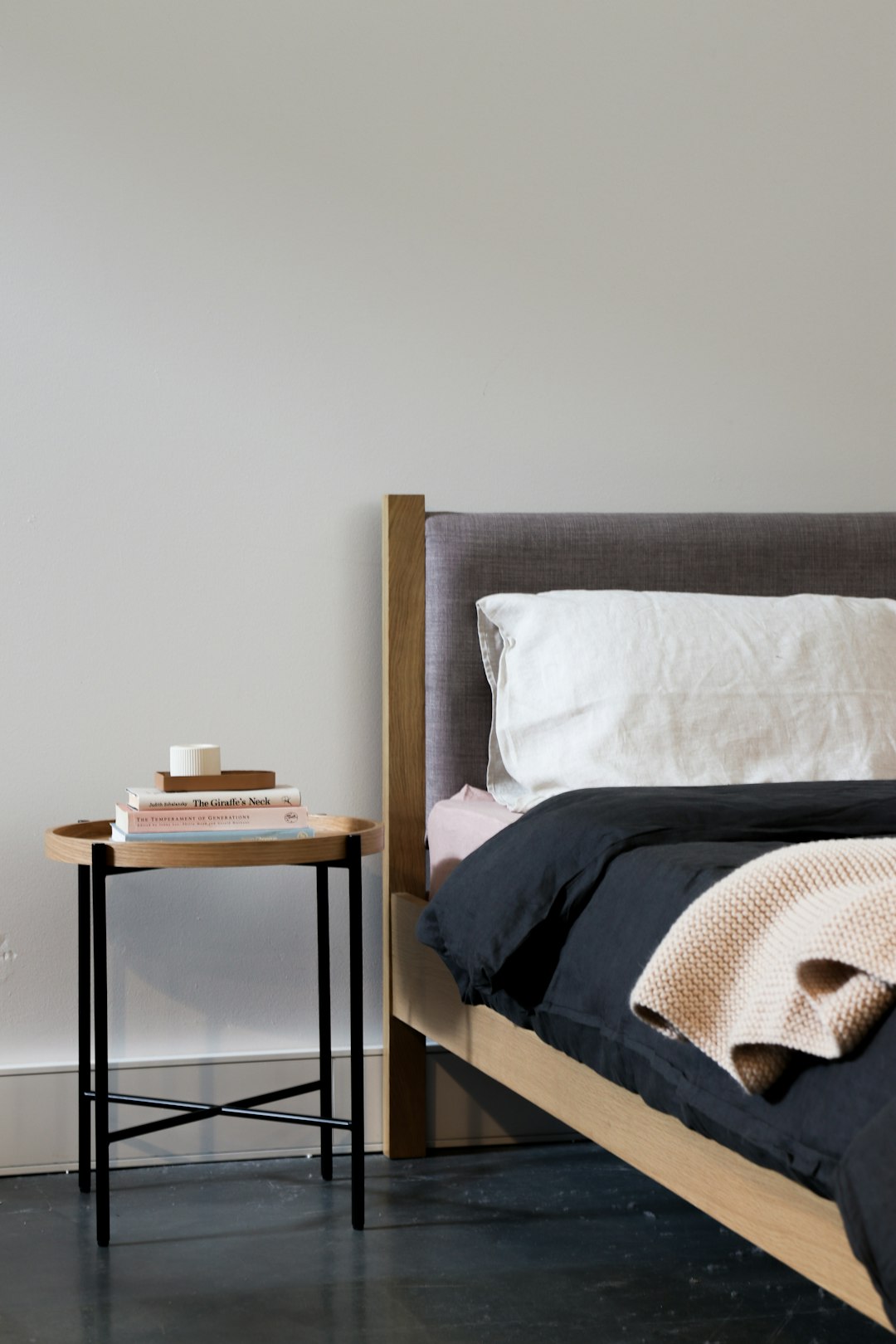
Training your dog is the responsible thing to do. Dogs who are well trained tend to be happier. They know what to expect and when to expect it. This also provides a safer environment for you, the dog, and your neighbors. Ahead you will find some tips for getting the most from your puppy training efforts.
Set a schedule and routine for feeding your dog from the very beginning of your relationship. He has to know when the food will arrive and it should be on schedule, but he also needs to know when the food will be removed again. Your dog will learn to finish eating before you take the dish away.
Crate training is very beneficial, but there can be difficulties that the following tips can help with. A dog is naturally hesitant about a crate at first. A way to get them interested is to put their favorite toy in the crate, then shut the door. They can see and smell that bone, and they will want in the crate to have it. If they do go into the crate, offer up praise and a treat.
Make sure you remain controlled when rewarding your dog. Immediately after the animal acts in accordance with your command, reward him. This helps to calm the animal and reinforce your training efforts. Don’t let your own excitement get your dog excited or they will lose focus. If you are able to maintain your calm, you can expect your dog to maintain calm too.
Stay Calm
Use short training sessions. Because dogs do not have a long attention span, short lessons will keep them from getting bored. You can choose to adopt a more intensive regimen, but only if you are willing to allow your dog a few moments of relaxation and play to break up the session.
Stay in control as you reward your dog’s good behavior. Once your dog follows your command, reward his behavior. Although you may feel very pleased, control your response to avoid having your training situation become uncontrolled. Stay calm and the dog will stay calm, and you’ll be able to reward it.
Avoid letting your dog have accidents when potty training. Be able to tell when your dog has to go out. They may pace, sniff, whine or walk in circles. The moment your pet begins to do any of these things, don’t waste a single moment. Immediately pick up the leash and go outside to a preferred spot. Good toilet behavior is worthy of praise. Soon, your dog will signal you when he needs to go outside.
Your dog needs to get plenty of exercise. Dogs can get bored easily. When dogs feel bored, they are much more stubborn when it comes to training. Your dogs will obey more quickly if you keep them well exercised. You and your dog can run or walk together daily.
Dogs are just like people; they love hearing the sound of their own names and the use of the name will call them to attention. By using his name all the time in the first month of having our dog, he should associate his name with focusing on you. A short name which sounds distinct from many other words is preferable.
Approach any unfamiliar dog with care. Walk slowly toward him and allow the dog to sniff your hand before trying to pet the dog. This helps the dog become familiar with your scent and engenders trust. As you become close to one another, fear will be diminished and opportunities to learn together will be increased.
Praise is key to reinforcing good behavior during training. Acting super excited can help your dog to understand that you are happy with their behavior. Never reward unwanted behavior as the dog will also relate the unwanted behavior to something positive as well.
You need to make certain your dog is having fun each day during training sessions. It builds a strong bond between the two of you and encourages them to want to please you. Having fun with your dog during training is one thing, but playing and having fun with your dog outside of training is also necessary.
Guarantee that your dog can tell right from wrong within all situations. Your entire household will need to be on the same page when it comes to boundaries. This will undermine your efforts and make you work twice as hard to train your dog.
Your training sessons should be kept short. Because dogs do not have a long attention span, short lessons will keep them from getting bored. If you wish to do more training, give your dog a play break to stretch their legs and relax before resuming their training.

You should be constantly challenging your dog and re-teaching it the tricks you’ve previously taught it. Quiz him on what he knows, even if you know he’s still got it.
To prevent your dog from barking, try to desensitize them to the cause of their barking. A variety of things can cause this, whether other animals, unknown people or specific sounds. Your dog will eventually learn not to react in these situations.
Training should never involve harsh punishment, no matter what happens. If your dog does not follow the correct behavior, instead of punishing him, gently teach him what to do instead. You should teach your dog and talk to him during training sessions. Training is the time to build your relationship in a positive way.
The tone of your voice is important during training. Praise, corrections, and commands need their own tones to help the dog differentiate between effects and causes with both of your behaviors. Stand firm and be sharp when using commands. Use louder tones for corrections, and use your natural tone when giving praise.
Pay attention to what makes your dog bark. Being aware of these triggers could make you address your pet’s behavior constructively. For instance, if your pet barks when it sees visitors come into your house, have a friend go to your house more in order to address this type of behavior.
When taking your dog on a trip, be sure to have collar and leash, food and water, your dog’s bed and plenty of plastic bags to clean up after your dog. Items such as food and water dishes are essential when traveling. Don’t fret about slugging along the big bag of dog food as you can simply pick up more dog food at your destination.
Learn what your dog’s signals are in order to prevent future accidents indoors. Each dog has its own unique way of showing that it needs to relief itself. Learning this pattern can help you take your dog out immediately and it shows them what proper behavior is. House training will be so much simpler if you can be sensitive to your dog’s needs.
Call your dog’s name at least three times positively after you have been forced to issue a reprimand. He must not think that his name is a negative word. If he does, then he won’t come when called.
When you want to train a dog, you should use all the resources available, from books to blogs. Talk to other owners of your same breed. Use all available information to create a customized plan of action for training your dog.
Older Dogs
Never allow the dog to pull you around. You are the one giving the commands, not the other way around. You need good tools, including the right collar and a short leash. Then you will be more successful. Don’t forget that you are the boss.
Older dogs aren’t the same as puppies. Older dogs are harder to train because of developed quirks, so it is best to learn to live with those that are manageable. A dog in his senior years may not be as receptive to changes and new behaviors. It’s possible for them to learn new tricks, but it’s best to eliminate the negative behaviors that can be altered and get used to the other ones.
If you are going to play fetch the ball with your dog, establish that you are the master by not moving and waiting for your dog to bring the ball back to you. If your dog just lays the ball down, they will think they are in control. You must teach your dog to always bring the ball directly to you each and every time.
These tips should help you and your dog have an enjoyable relationship. Owning a properly trained dog takes the stress out of dog ownership and allows you to enjoy your pooch’s company. Training can be done yourself, or you may want to enlist the help of a professional; either way, proper training will bring you many rewarding years with your pet.
One of the best training aids is a “shake can.” Take an old can, throw some bolts or coins in it, and seal it up tight. Shake the can whenever you catch the dog doing something wrong. Doing so startles the dog. The dog will quickly learn that his behaviors are causing this negative outcome. Do not shake the can multiple times or he will become desensitized to it.
The above article has, hopefully, provided you with the blue widget advice you were looking for; use it to your advantage. After you take the facts from this article, search elsewhere for information. When you know all you can about natural latex pillow
Hospital mattress protector
encasement mattress protector, you’ll become a master of the field.













